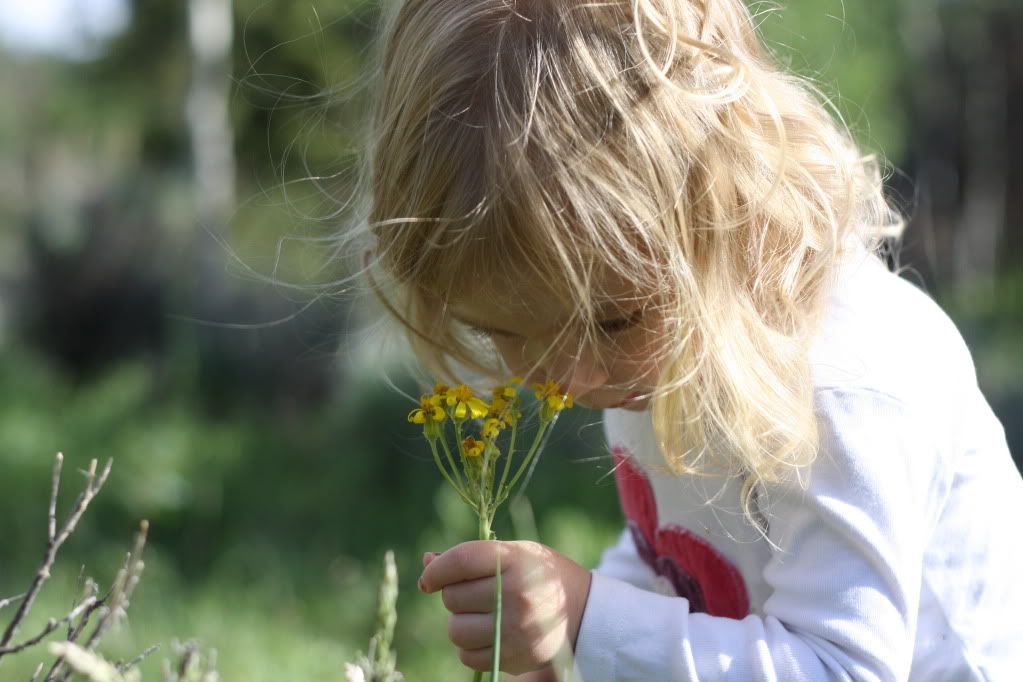Would anyone be willing to give a lesson, step by step on how to sharpen via PSE, Lightroom, iphoto or any of the other programs? It's something I just haven't quite got the grasp of. I usually let PSE auto sharpen images for me and I'm not satisfied yet I really don't know how to do it. I don't under stand the terms...radius and such.
Some help here might help a whole lot of people.
Here is the very quick and dirty low down on this. There are dozens of links with better examples, better information, theory, practise guides, etc... The following offers none of that.
I will include screen shots from PhotoShop Elements version 5, and PhotoShop CS3, because that's what I have on this machine. Other programs are very similar.
Disclaimer: I personally use Adobe Camera Raw for these adjustments, and only rarely use PhotoShop to perform this. ACR is non-destructive, and only applies the changes via a little text file attached to the image, instead of actually changing the image. If you have CS3 or higher, use Bridge to edit your images (or Lightroom if you have it) and its far superior at this sort of thing. ACR works on jpgs and raw files, so it's pretty handy.
For more information on RAW, check out this little tutorial that was developed as an example on
POTN:
http://www.nextstepdesigns.com/images/misc/PSD/raw_tutorial.pdf
Step 1: Balance exposure. In PSE or PS, just hit Control+L or Image>Adjustments>Levels from the pulldown menus. This is the Histogram. Darks on the left, whites are on the right (by default). the perfect shape a nice rounded off mountain shape, with peak in the middle, and having the bars extend from one side to the next. If you image doesn't, you need to adjust it. Grab the little pointers on the ends and bring them towards the middle until you like what you see. Then futz around with the middle slider until you get pleasing results. Typically, I just adjust the dark, lighten the center (move it to the left), and left the far left grip alone, which is exactly what I did here. Compare:
Before:
After:
Step 2: Fill/Burn/Dodge
Depending on what tool you are using, you need to add some fill. The Fill Flash filter in PSE is a bit over the top, though the Fill slider in ACR and Lightroom is excellent. Another way is to Dodge the image, which simulates an old dark room chemical technique. The contrary tool to Dodge is Burn, which darkens areas. You might need both, you might not. Only you can determine it. In this example, I just used both. I Dodged her face, jeans, hands and feet. I Burned the sky a bit to increase the blue of the sky to simulate a polarized filter color. The key to successful use of this tool is to pick Midtones for flesh, and high or low tones for whatever else you are playing with.
Step 3: Sharpen. (this assumes other basic adjustments are done)
In PSE, use Unsharp Mask. In PS, use Smart Sharpen, or, Unsharp Mask. This requires experimentation, but generally, I find between 40 and 70% is very effective, with the radius at 1.0. I sharpened the example photo at about 60%
PhotoShop Elements - Unsharp Mask:
PhotoShop CS3 - Smart Sharpen:
Step 4 - Adjust Image size.
For forums, don't go larger than 1024 pixels wide (generally), and for screen savers, 1928 pixels is huge, 1600 is more common. Size down your image accordingly.
Step 4.5 - Sharpen again. If you are shooting big images (3500xwhatever) with your 10 megapixel camera, when you crank it down to web size such as 1024x, 1280x, or 1600x pixel size, you will probably want to resharpen the image. Do this carefully, you don't want to oversharpen. I use SmartSharpen about about 40% and radius 1.0 for the second pass.
Step 5 - Save for Web. Image optimization for web use.
This is a VERY important step. Typically you will save to jpg for web presentation. The Save For Web (SFW) tool flattens your layers, downsamples your bit rate to 8 bits (smaller color range in the image = smaller files), and then applies a compression algorithm to the image to substantially reduce the file size. In PSE and PS, the SFW tool works about the same. I start at about 60%, and see what that does to my file size. Anything over 150kb is considered large. Sometimes that's okay, but for a web page, you are really pushing it if you exceed 70kb, so think small. Depending on how much detail there is in the image (grass is the worst!), you can pop down to 30% and still have a very good image. I use the 4 panel view to sample different percentages.
HOT TIP: I have found that an image optimized down to say, 40% is 85kb, but go down to 39%, and the image quality does not change at all, but the file size will drop noticeably, down to about 75kb sometimes. Every byte helps, so once you have the general optimization factor zoned it, drop it one percent and then save it.
Step 6 - Park it.
You can FTP it to your own personal website, or you can upload it to any number of image server services. I love
SmugMug, it's the bomb! PhotoBucket is about the worst in my opinion.
That's it. Easy.

















